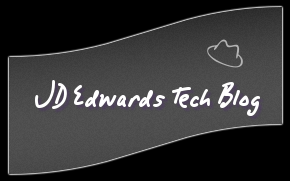You know what ERP is?
Enterprise resource planning software, or ERP, doesn't live up
to its acronym. It attempts to integrate all departments
and functions across a company to create a single software
program that runs off one database
That's a tall order. Each of those departments, like finance or human resources, typically has its own computer system, each optimized for the particular department.
Typically, when a customer places an order, the order begins a mostly paper-based journey from in-basket to in-basket around the company, often being keyed and re keyed into different computer systems along the way.
All that lounging around in in-baskets causes delays and lost orders, and all the keying into different computer systems invites errors. Meanwhile, no one truly knows the order status
So what can ERP do?
ERP automates the tasks necessary to perform a business process—such as order fulfillment, which involves taking an order from a customer, shipping it and billing for it.
With ERP, when a customer service representative takes an order, he or she has all the necessary information—the customer's credit rating and order history, the company's inventory levels and the shipping dock's trucking schedule.
Everyone else in the company can view the same information and has access to the single database that holds the order.
When one department finishes with the order, it is automatically routed via the ERP system to the next department. To find out where the order is at any point, one need only log in to the system. With luck, the order process moves like a bolt of lightning through the organization.
What's the catch?
To do ERP , your company needs to change the way it does business. And that kind of change doesn't come without pain.
It's critical to figure out if your way of doing business will fit within a standard ERP package before signing the check.
The move to ERP is a project of breathtaking scope

No comments:
Post a Comment